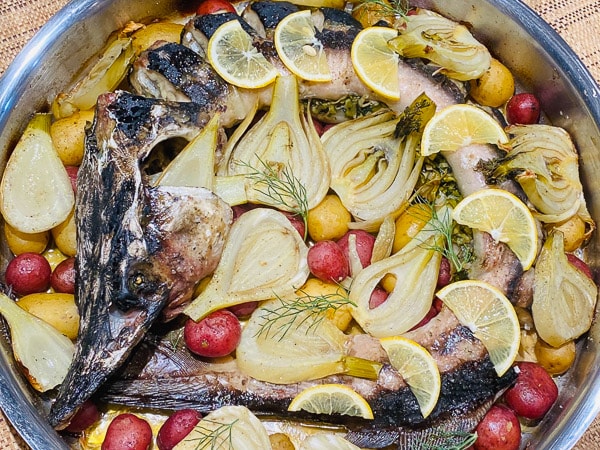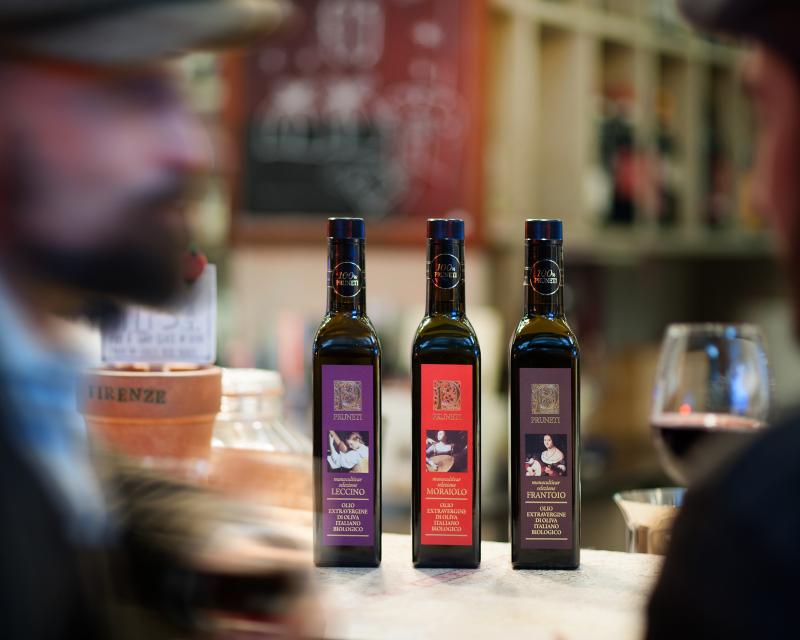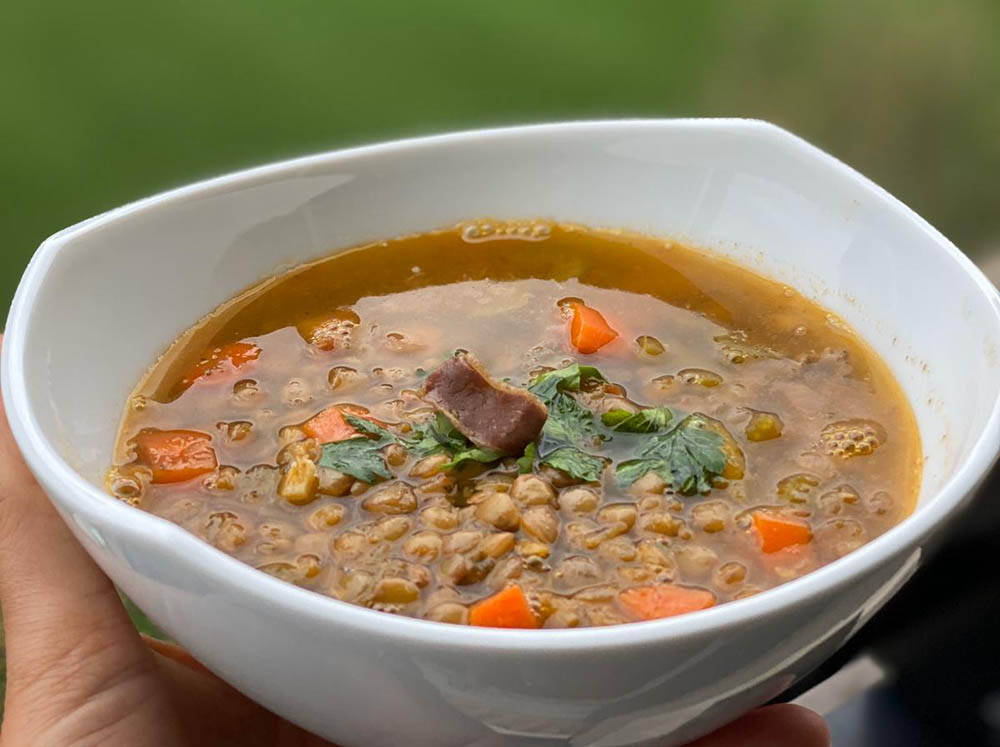The Science of Emulsions: Mastering the Art of Sauces and Dressings
The difference between a great tasting sauce and one that’s just so-so often comes down to the skill of the cook, but there is also a science involved. Learning about emulsions can go a long way in helping aspiring home chefs create sauces and dressings with depth and complexity. Emulsions, basically mixtures of two liquids that don’t usually combine well (like oil and vinegar), are used in nearly all types of sauces from creamy béchamel, mayonnaise, hollandaise, vinaigrettes to salad dressings. If you want to take your culinary game up another notch - understanding how to make perfect emulsions is essential! In this blog post I will share my best tips on mastering the art of making silky smooth sauces using different techniques like whisking by hand or adding an emulsion stabilizer such as egg yolk or mustardseed starch.
What is an emulsion and why it's important to master this culinary technique

Are you someone who loves to experiment with different cooking techniques? If so, mastering the technique of creating emulsions is an essential skill to have in the kitchen. In simple terms, an emulsion is a combination of two liquids that are typically immiscible, such as oil and water. When blended together, the liquids create a smooth and creamy consistency that can add depth and richness to a dish. Think of classic dressings like mayonnaise, hollandaise, or vinaigrettes - all of these are examples of emulsions. By understanding the science behind emulsions and mastering the proper techniques for creating them, you open yourself up to a world of possibilities in the kitchen. From sauces and dressings to soups and desserts, the applications for emulsions are endless. Don't be afraid to experiment and elevate your dishes with this culinary technique.
Basic components of an emulsion – fats, liquids, and emulsifiers
Emulsions are fascinating mixtures that have revolutionized the world of cooking and food science. It's no secret that they're tricky to make, but once you grasp the basics, you'll be able to create the most luscious, smooth, and creamy concoctions. At the heart of an emulsion lies three vital components: fats, liquids, and emulsifiers. Fats include oils, butters, and creams, while liquids refer to water, milk, and other liquids. Emulsifiers act as the magical bridge that blends these two otherwise incompatible ingredients, binding them into a stable mixture. These three components work together in perfect harmony, creating the most luxurious and flavorful sauces, dressings, and creams you've ever tasted. Once you've mastered the basics, the possibilities of what you can create are endless. Emulsions are the perfect example of how simple ingredients can come together to create something dramatically better than the sum of its parts.
Types of emulsions and how they differ from one another
Emulsions are fascinating and complex mixtures that have a wide range of applications in various industries, including food, pharmaceuticals, and cosmetics. These colloidal suspensions consist of two immiscible liquids, usually oil and water, and a third component, known as an emulsifying agent, that helps to stabilize them. There are three types of emulsions: oil-in-water (O/W), water-in-oil (W/O), and multiple emulsions (W/O/W or O/W/O), each with its unique properties and characteristics. Understanding the differences between them can be crucial in achieving desired results for specific applications. As someone passionate about the science behind emulsions, I find it fascinating to explore the ways in which these mixtures can be manipulated to create innovative products.
Different methods of creating the perfect emulsion
Creating the perfect emulsion can be a tricky task, but with the right methods, it can be easily achieved. There are various techniques that can be used to create an emulsion, from high speed blending to the use of stabilizers. One of the most effective methods is the use of a gentle hand whisk, which allows for the emulsion to slowly come together without breaking. Additionally, creating a stable emulsion requires a proper balance between oil and water, as well as the use of an emulsifying agent to bring the two substances together. With these methods and a bit of practice, anyone can create a perfectly smooth and creamy emulsion every time.
Helpful tips for setting up your own kitchen for making sauces and dressings
Setting up your own kitchen for making sauces and dressings can be an exciting and rewarding experience. With the right tools and ingredients, you can elevate your meals to a whole new level. To start, invest in a good set of measuring cups, spoons, and a quality blender or food processor. Stock up on oils, vinegars, mustards, and herbs to create a variety of flavor profiles. And don't forget about storage - mason jars and glass bottles are a great way to store homemade dressings and sauces. With a little bit of effort and creativity, your kitchen will be transformed into a culinary haven for all your sauce and dressing needs.
Troubleshooting mistakes when making emulsions
Making emulsions can be a tricky and frustrating process, but don't let that discourage you! As a seasoned emulsion maker, I can confidently say that troubleshooting mistakes during the process is just a natural part of the journey. One of the most common mistakes is overmixing the emulsion, causing it to break apart and separate. To avoid this, make sure to mix only until the ingredients are fully incorporated. Another issue can be using the wrong type of oil or emulsifying agent, which can also lead to separation. To prevent this, do your research and make sure you're using the correct ingredients for your specific emulsion. Don't get discouraged if you make mistakes - instead, let them inspire you to perfect your technique and produce even better emulsions in the future!
All in all, mastering the art of making an emulsion is a great way to show your confidence and skill in the kitchen. From seasoned professionals to novice home-cooks, emulsions can be incredibly satisfying to make and present, no matter what kind of dish you’re going for. Not only can you easily create sauces and dressings with ease, but you also won’t have to worry about separating or breaking when it comes time to serve. And even if things do go wrong out there in the kitchen, you now have the essential knowledge of how to troubleshoot and identify common mistakes. So embrace your inner scientist, take on that challenge with gusto—and get ready to create some culinary miracles!






